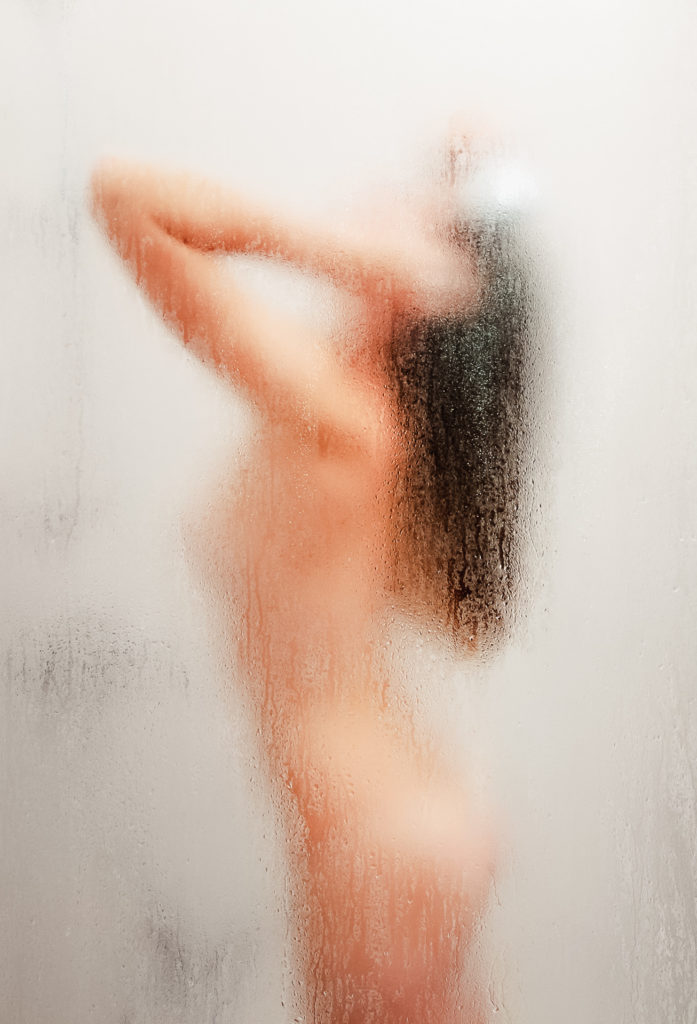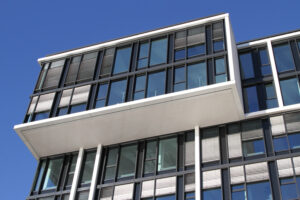Safety devices
In just a few minutes the cellar is under water, or you find your furniture floating when returning from holidays, or the bathroom walls are wet and the first signs of mould are appearing. Similar scenarios can quickly occur in the event of a water pipe burst or leakage. Damage can appear quickly but its consequnces can be long-term. The problem: Water damage always comes as a surprise. Because signs of wear and tear on the pipe system are usually invisible: pitting, corrosion or frost wear on the pipes unnoticed. It is also relatively common for unsuitable materials to be installed together or for the composition of the water to favour rapid wear. Our products provide the necessary safety.
You should also note that drinking water must be strictly separated from non-potable water by means of a tested safety device. International drinking water regulations stipulate this. We offer you the appropriate system separation.
Running water is nice.
But not in the living room.
As a professional in the sanitary trade, you are probably familiar with the scenario: flooded cellars, damp walls and kitchens under water. Your customers usually repress this horror scenario. Until it happens to them.
The figures are alarming: more than half of all households have already suffered water damage¹. Those who doesn’t protect themselves are making a more than risky bet!
And it’s so easy to play it safe.
¹ The ConsumerView, Januar 2017, Quantitative Assessment Europe

Sometimes separation is the best
Drinking water must be protected from non-potable water. Regulations such as DIN 1988-100, DIN-EN 1717 and many other internatinal regulations are very clear on that. They alos specify the level of protection required by defining various categories of liquids and the cases where it is mandatory to install safety valves and seperators.
The regulations can be summarised as follows: A drinking water installation must never be connected to systems containing water not intended for human consumption without a suitable safety device.

 © JUDO 2024 | All rights reserved.
© JUDO 2024 | All rights reserved. 


